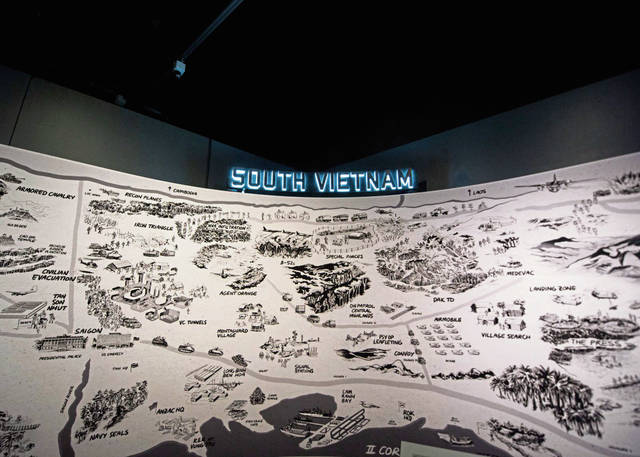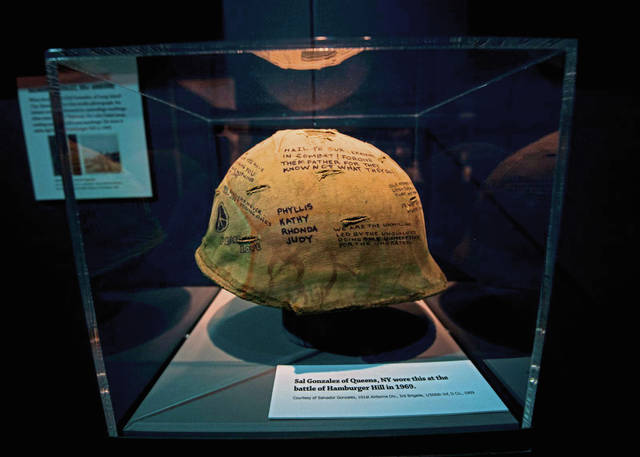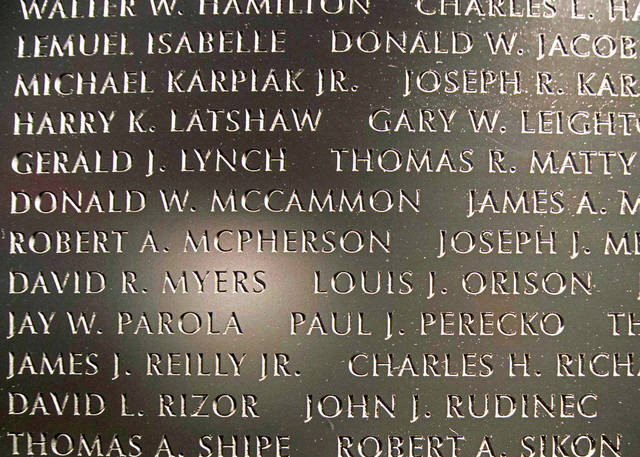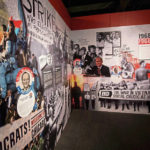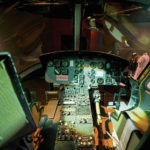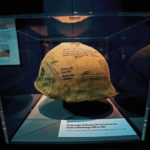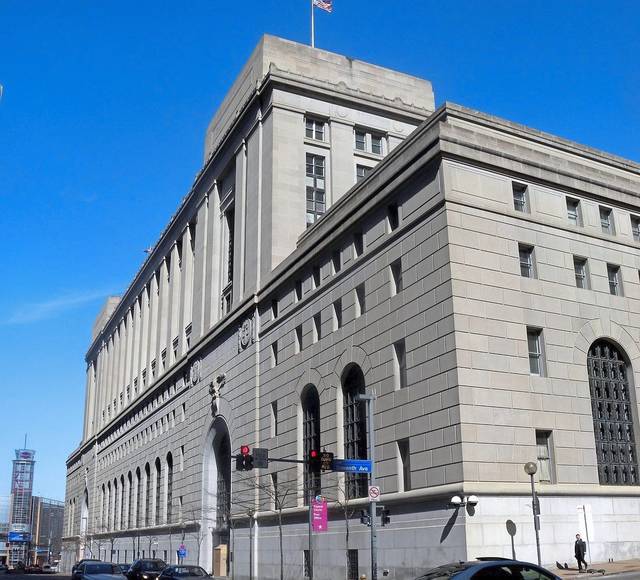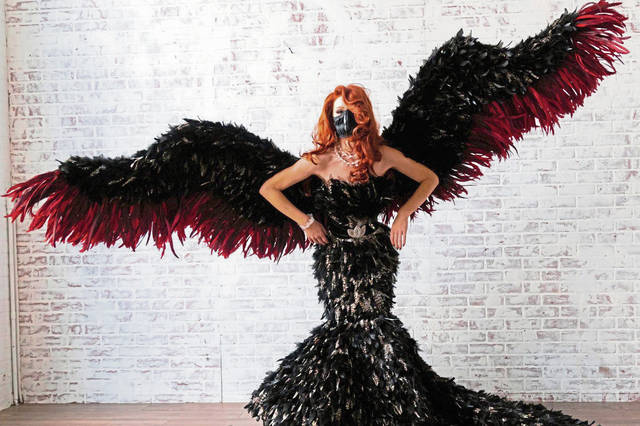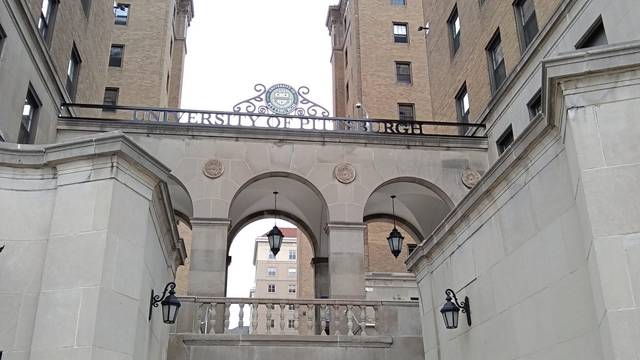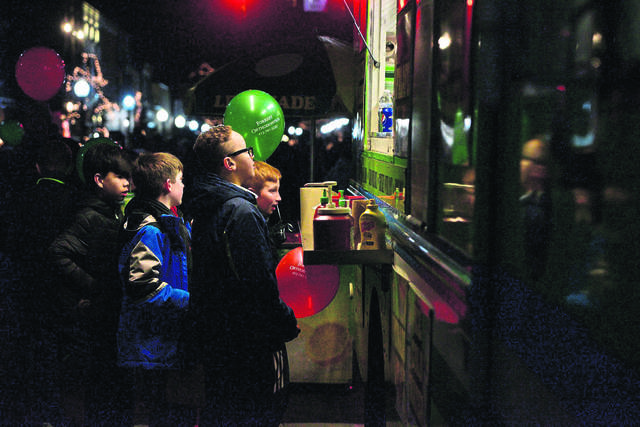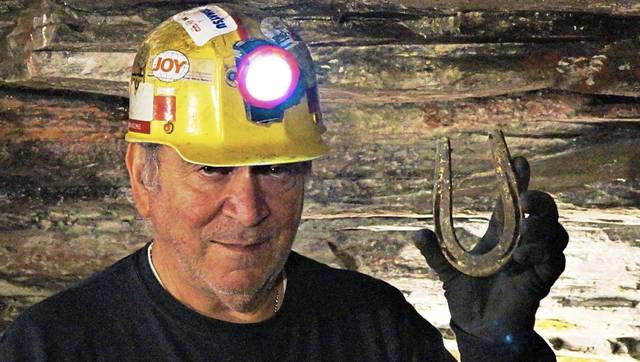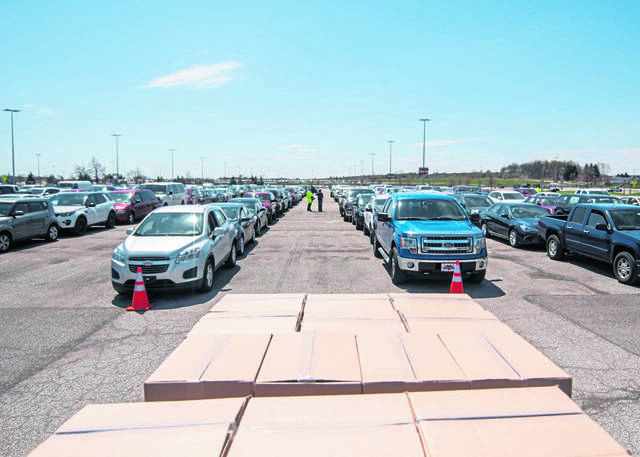Anyone wondering about the lengths that the Sen. John Heinz History Center will go to create an authentic atmosphere for its new Vietnam War exhibit will find their answer about halfway through the collection.
Sitting in the middle of an expansive gallery is the exhibit’s largest and most iconic artifact, a Vietnam used UH-1H “Huey” helicopter with a 48-foot rotor wingspan used by the U.S. Army from 1967-1970.
“It’s the first helicopter war,” said Andy Masich, President and CEO of the Heinz History Center. “These ‘Hueys’ could be used for attack or they could be used for evacuation. It changed warfare because U.S. troops could be dropped right into a jungle and be ready for combat. And when it came to evacuation, these things could drop right into a fire zone and lift out dead and wounded soldiers and Marines. It just changed the face of war.”
It could also be said that the Vietnam War changed the face of America. It greatly impacted the psyche of America.
“It’s a hard thing to talk about even today,” said Masich.
This explains why the Heinz History Center is devoting so much space and time to its latest exhibit, “The Vietnam War: 1945-1975.” It opens Saturday and will remain on display through Sept. 22.
Developed in partnership with the New York Historical Society, the exhibit takes a long view of the war by beginning with an examination of the Domino Theory promoted by U.S. presidents going back to Harry Truman after World War II. As the Cold War pitting capitalism versus communism began in earnest, so did the theory that communism would spread throughout Southeast Asia and countries in the rest of the world would fall like dominoes if the communists prevailed in Vietnam.
Masich says it’s an exhibit about how the America we know today was shaped.
“The cynicism that seeped into the soul and psyche of America really started to grow during the Vietnam era,” said Masich. “At the beginning of this exhibit, you’re going to see that most Americans supported the war effort and their political leaders. By the end of the exhibit, you’re going to see that most Americans were opposed to the war and had lost faith and confidence in their political leaders.”
Along with the helicopter, which was shipped in parts from the Minnesota Historical Society, there is a Jeep with an M-60 machine gun mounted on it and a recreation of a “hootch,” a slang term describing a soldier’s living quarters in Vietnam.
There is also a display featuring a M.A.S.H. operating room, the first place soldiers were brought when they were injured. Other artifacts include a captured North Vietnamese flag and Viet Cong soldier’s helmet.
But a large part of the exhibit includes displays of what was happening on the home front during the war, particularly during the 1960s. There is a recreation of a typical American living room complete with a black and white console television.
“This is the first television war,” said Masich. “Television did a lot to bring the horrors of war into your living room, which is why we created this. You can see Walter Cronkite talking about the war dead during the Tet Offensive (considered the turning point of the war in 1968).”
Tucked into the corner of one of the rooms is an actual voting machine from 1968 with Republican Richard Nixon and Democrat Hubert Humphrey, who both supported the war, listed among the presidential candidates.
Photos show how people either supported or protested the war, including shots of demonstrations in downtown Pittsburgh. There are anti-war posters, artwork by Vietnam War vets and even a soundtrack. Music by legendary artists like Jimi Hendrix, Marvin Gaye and Creedence Clearwater Revival will help immerse visitors in that turbulent era.
“One of the things I always say is that there isn’t just one Vietnam experience,” said Samuel W. Black, the history center’s African-American program director and the lead curator of the Vietnam exhibit. “It’s a very complicated story. It’s one that’s very challenging. So, as a curator, one of the things I did not want to do was to complicate the exhibit with more text. We wanted it to be a very graphic exhibit, one that would allow the objects in the exhibit to help to tell the story.”
The exhibit concludes with a display case holding documents representing Vietnamese refugees who came to the Pittsburgh area, including Alle-Kiski doctor Nghi Nguyen. There is a large replica of the Vietnam War Memorial that includes the names of 752 Americans killed during the war from eight counties in Western Pennsylvania.
In all, some 58,000 Americans died in the Vietnam War along with as many as 2 million Vietnamese civilians on both sides.
The Heinz History Center will offer half-price admission for all veterans and active duty military throughout “The Vietnam War: 1945-1975” along with special free admission days on Memorial Day and July 4.









